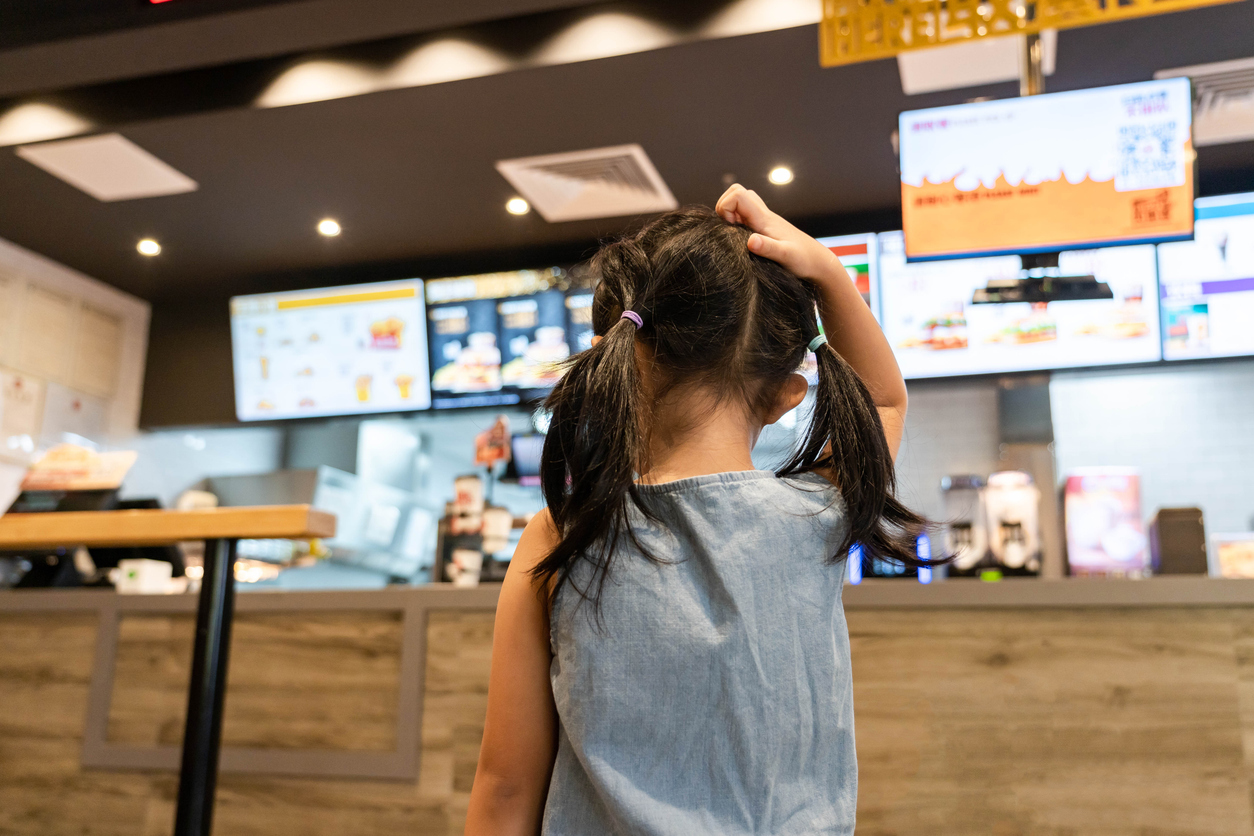The remarkable shift of predictive analytics in the operations of restaurants is profound as it uses data from the past to project trends. With precise forecasts, restaurants can finely tune inventory, enhance staffing decisions, and adapt marketing tactics that will lead to overall growth. The use of data-led insights has allowed restaurants to elevate the experiences of their customers while simultaneously simplifying operations thus realizing greater profitability.
Understanding Predictive Analytics
Predictive analytics is a method that uses historical data, statistical models, and machine learning to give a glimpse into future outcomes. In the restaurant industry, it means the assessment of past sales patterns, customer behavior, and seasonality to arrive at sound judgments.
With the knowledge of what items customers are likely to order & when they will come, restaurants can efficiently allocate their resources and boost the quality of service. For instance, a restaurant can apply predictive analytics to find out which of the dishes will be most popular in a specific season.
By examining data from previous sales, the system can suggest increasing stock for popular dishes while reducing orders for less popular items. The restaurant can stock on the prescribed popular dishes and the above-mentioned indie or less-curated ones can have their stock reduced.
How Predictive Analysis Transforms Restaurant Sales

Predictive analytics is applied to the process of restaurant marks not only in regulating prices but also in serving them by helping businesses rectify their actions. Restaurant service managers can take advantage of the data they have to set prices optimally, adjust menus accordingly, and find out the best resource allocation.
Forecasting Sales With Precision
By employing past sales patterns in predictive analytics, a restaurant is capable of the future projecting the specific menu items more accurately. This means hotel managers will be sure to deal with dishes that the guests want which will also provide them with the ingredients and workforce needed.
Accurate forecasting means no excessive stock affects waste too and no lack of goods counts for extra money also satisfied patrons. For example, if a restaurant indicates there is an increase in burger sales on Fridays, it would be prepared enough to buy extra stock along with more financiers on the day.
Reducing Food And Waste
Another difficulty the restaurant sector faces is the efficient management of inventory. Predictive analytics can help them by tracking the consumption of the ingredients altogether with making predictions about the amount of inventory needed which thus reduces waste and saves money.
Restaurants can analyze previous ordering trends by using analytics to:
- Reduce food wastage by ordering only what is essential thus preventing spoilage.
- Attain slow-moving figures and adjust the menu accordingly to provide less stock.
- Reach better supplier agreements through the understanding of the purchasing former years' data.
- Minimize stock shortages by predicting which items will be in high demand beforehand.
In cases where the restaurant makes use of ingredients that are available during certain times, predictive analytics would be of use in ensuring that the restaurant only orders what it needs but no more. With the help of the analysis of data and with certain specific products being relatively expensive, businesses can go for extrapolative goods instead.Enhancing Customer Experience Through Data AnalysisThe comprehension of customer tastes is important in constructing a remarkable restaurant experience. The implementation of predictive analytics enables restaurants to analyze clientele behavior leading them to self-promote personalized recommendations, promotions, and custom menus.For example, if the results show that many customers are in favor of plant-based foods, the restaurant can introduce more vegetarian and vegan options. In addition, predictive analytics would ease the design of such campaigns to specific customers/segments to a greater extent, both of which would therefore lead to increased engagement along with repeat business.Why Predictive Analytics Is Crucial For RestaurantsThe use of predictive analytics comprises a very good quality of the product and a very high level of competition in the restaurant industry, which is why businesses need every truck to move ahead. Actionable operational intelligence is generated by predictive analytics so that it heightens productivity, customer service, and profitability. Restaurants deploying predictive analytics can:
- Use data-driven decision-making that directly raises sales and numbers of satisfied clients.
- Optimize processes through the balancing of labor, inventory, and marketing efforts.
- Cut costs by getting rid of unproductive outages and improving the management of resources.
- Lead to competitors being left behind due to faster adjustments to market fluctuations.
- Improve the menu by designating dishes that are trendy or not selling well.
Steps To Implement Predictive Analytics For Forecasting Restaurant SalesImplementing predictive analytics is a systematic process. Restaurants can follow these steps toward incorporating data-driven forecasting into their business:
- Make data collection a priority: Collect relevant sales records, customer preferences, inventory usage, and seasonal trends.
- Select the right tools: Invest in predictive analytics software that is tailored to the needs of the restaurant.
- Data Analysis: Use the software to analyze and find stripping patterns, then generate forecasts.
- Disseminate the use of insights: Apply the determined changes in staffing, inventory, and marketing.
- Exercisesiter Follow up on Taxes: Keep checks on performance and update strategies to improve accuracy.
- Train Staff: Ensure that employees are aware of when they should be making use of the predictive analytics tools.
Tools And Software For Restaurant Predictive AnalyticsVarious predictive analytics tools help restaurants improve sales forecasting, inventory management, and customer experience, including:Popular Predictive Analytics For Restaurants
- Checkmate: A predictive analytics order management solution that integrates service management.
- Gather: Helps restaurants track their sales via the trends preprocessing and software inventory optimization.
- 7shifts: Computation is enhanced to control the labor needs and through that increase the staff operating hours ease.
- Square for Restaurants: Enables the establishment to gather data-driven insights that reflect sales and customer behavior information.
- BlueCart: Supports inventory management while finding solutions to food waste.
- Upserve: Offers a discerning view of the strength of the sales, food, and other customer spending patterns.
How To Choose The Right Software For Your Restaurant
- Budget is the main concern in the choice of software for predictive analytics. The restaurant management should consider the money they can invest and choose a tool that is best suited for this amount.
- Consider essential features such as forecasting, inventory management, and customer insights.
- User-friendliness is another parameter for the software selection, as it should be simple to navigate and should integrate well with existing systems.
- The customer service you can expect to receive from your provider is another determinant in your decision-making process.
- Quick tests of various products through trials can assist the restaurant in identifying which software suits them best.
Real-Life Examples Of Predictive Analytics Success In RestaurantsThe success of many restaurants in the introduction of predictive analytics is evident in the operational efficiency that has been gained. In one case study, SOBOL, a food and beverage outlet, saw the benefits of predictive analytics by simply using it as a tool for ingredient sourcing optimization and waste reduction. The results of the analysis of sales patterns led to a charge in order accuracy, which increased, as well as cost terminals. The Future Of Predictive Analytics In Restaurant SalesDue to the ongoing technological changes, the use of predictive analytics in restaurants will be even more refined and useful. Machine learning together with AI will bring promotions that are more accurately tracked making it possible to fine-tune strategies simultaneously. Convenient advancements would embrace:
- Customer-oriented menu optimization aided by suggestions based on their likes.
- Immediate forecast of product demand for efficient management of supply.
- Modification of marketing on autopilot to enhance the conversation with the client.
Eateries by the course of these motions can generate sales through Checkmate and always be the first in the industry.Choose Checkmate Today For Predictive Analytics For Your Restaurant! Advanced solutions at Checkmate help restaurants apply the power of predictive analytics toward leaner sales forecasting, better inventory management, and tailored customer experiences. Through seamless integrations and data-driven tools, restaurants can optimize their operations and reduce costs while maximizing profitability. Partner with us today, and watch your restaurant growth skyrocket!





